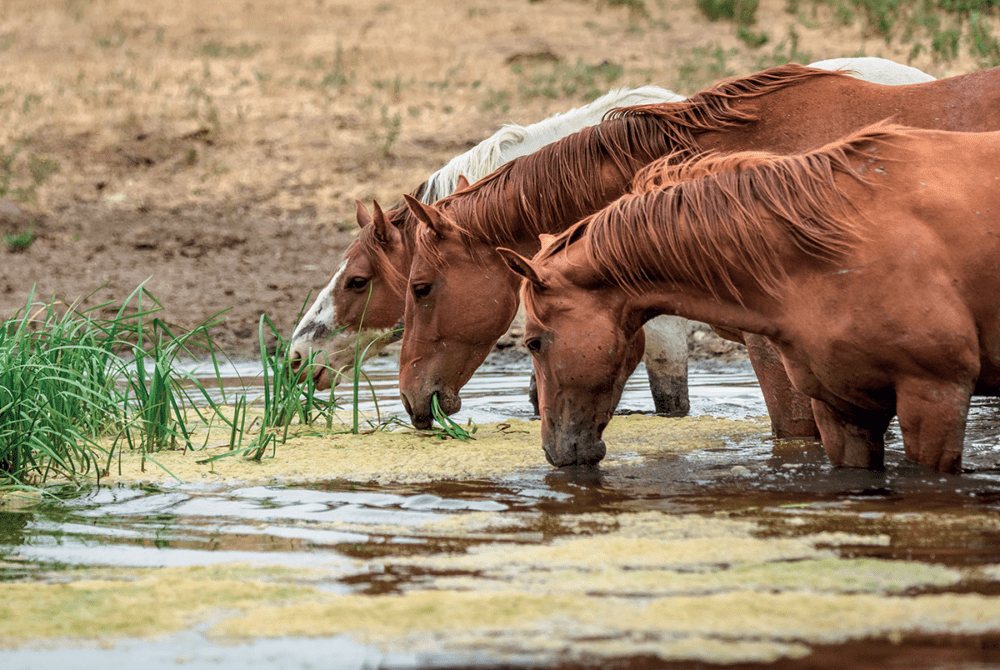Reduce the risk of infectious diseases this winter
Posted 3rd November 2021
Get clued up on the deadliest diseases from abroad – and reduce your horse’s risk of infectious diseases closer to home

Let’s set the scene. It’s March 2020. You can’t turn on the TV or radio without hearing a news reader speak about a ‘coronavirus’ with the potential to devastate a Chinese city called Wuhan – and, if something isn’t done about it, the country’s wider population may well be afflicted, too. Crisis averted – surely, we don’t need to worry about a virus that’s almost 5,500 miles away from here? Well, we don’t need to tell you how that one panned out.
If there’s one thing we’ve learned from the past year or two, it’s how quickly disease can spread. And, while our equines got out of the aforementioned unscathed, you don’t have to cast your memory back far to recall the most recent outbreaks of equine herpes virus, strangles or influenza. However, these aren’t the only threats equines face – merely the ones most prevalent in the UK. What infectious diseases from abroad pose the biggest threats to our horsey population?
A tale of two parts
Broadly speaking, infectious diseases are split into two categories…
- non-notifiable This includes equine influenza, strangles and equine herpes virus. Because these diseases are endemic within the equine population, they don’t require notification for positive cases – however it’s every owner’s responsibility to seek treatment from their vet if they suspect a case on their yard
- notifiable These diseases have largely been eradicated from the UK equine population, so the biggest threat comes from abroad. Any positive cases need to be notified to your local Animal Health Office and dealt with as recommended
Stay safe
Most of these diseases shouldn’t pose any threat to your horse or the wider UK equine population. However, there’s growing concern that as our climate changes and becomes more temperate, it may become more appealing to the mosquitoes, midges and biting insects that commonly help to spread infections.
It’s important to remember that just because a disease isn’t legally notifiable, it doesn’t mean it doesn’t pose a risk to your horse’s health. Biosecurity measures might feel like they’re more applicable to international competition stables than DIY yards but minimising the risk of infection of any type is every horse owner’s job. To reduce the risk of spreading infectious disease at horsey get-togethers, try to…
- bring all the equipment you’ll need with you, including feed, water and buckets
- avoid communal troughs or water containers and don’t allow your horse to graze communal areas
- prevent direct and indirect contact between horses by avoiding stabling where they can touch between bars
- avoid sharing any tack or equipment – or if you do share, make sure you remove saliva, sweat and hair, and thoroughly disinfect before use
- discourage others from touching your horse without sanitising their hands first, and frequently wash your hands, particularly if you need to touch a horse that isn’t your own
- bring disinfectant sprays and wipes with you – especially if your horse is likely to need stabling
TOP TIP
If you’re ever staying away from your yard overnight – whether for a competition, camp, holiday or any other scenario that requires stabling – ensure that your horse’s designated stable has been cleaned thoroughly before being used.
Pick up your copy of Winter Horse&Rider on sale, 4 November 2021 and discover more about the notifiable diseases you should be aware of










